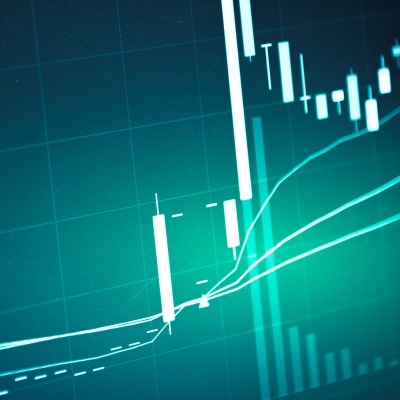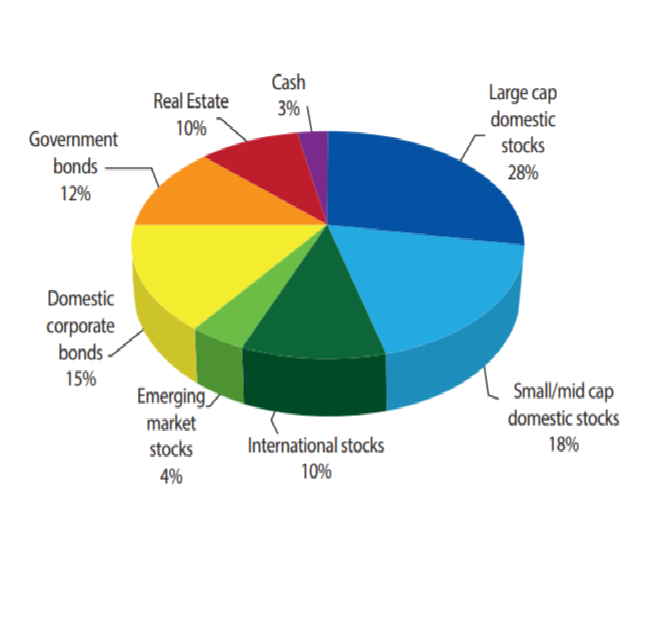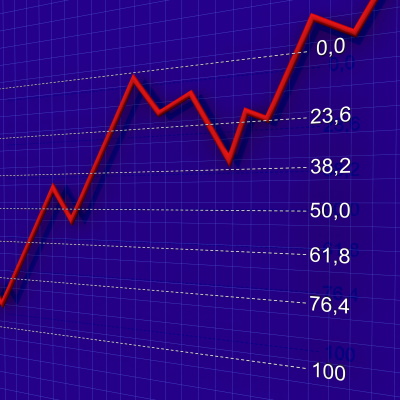Trading Bullish Crossovers
Queensway explains how traders use bullish crossover signals observed on moving averages and the MACD indicator to profit from technical trading signals.

Trading Moving Averages and MACD Bullish Crossovers
For technical analysts, markets always trade by following a trend. While there are 3 different trends (bullish, bearish and flat), the bullish trend is the most exploited one, as markets tend to rise by nature.
There are many ways to take advantage of bullish markets.
Using technical indicators to spot bullish signals is very popular among technical analysts, as they provide an objective and relatively reliable signal to traders to open long trading positions in an underlying asset.
One of the most popular technical indicators that provide bullish trading signals is the bullish crossover seen on plots of moving averages (MA) and the Moving Average Convergence Divergence (MACD indicator).
Bullish Signals with Moving Averages
A moving average is the average of a series of prices observed over a given time frame that is then moved successively forward in time to generate a sequence that can be plotted on a graph and is typically superimposed over the price action itself.
This indicator is considered a lagging indicator, which means that the moving averages trail the prices and only change after the price has, itself, changed. This type of indicator is often used to confirm the trend of a market rather than to predict one.
Moving averages can be simple or they can be weighted. Weighting can be done exponentially, linearly or by some other method, and it usually provides greater weight to more recent price data.
Moving average crossovers help traders best time the markets by spotting bullish (or bearish) trends.
Perhaps the simplest form of a bullish crossover on moving averages that can be observed is by using the indicator with the price itself. When the price of an asset rises above the moving average and stays there, a bullish trend is confirmed.
You can also use these to generate buying signals by using two moving averages – a short one and a long one. When the short term moving average crosses above the value of the longer one, traders should prepare for a potential trend reversal and open long positions.
MACD Bullish Crossover
The MACD indicator is a technical indicator used as a trend-following indicator, as well as a momentum one. While there are many ways to use this mathematical indicator, one of the best ways is to watch out for the fast line to cross above the slow one, which indicates a change in the momentum.
The indicator is an unbounded oscillator that takes the form of a histogram and a trigger or signal line that are typically plotted in an indicator box under the price action.
The difference between a set of moving averages is used to compute the MACD histogram, which usually consists of 12 and 26-period exponentially weighted moving averages.
The MACD histogram’s value is then smoothed by applying another moving average to its value — usually a simple 9-period moving average — which also becomes the indicator’s trigger or signal line and is plotted over the histogram.
The MACD’s value fluctuates above and below the zero-line and has no specific maximum or minimum value. Historically high MACD values indicate an overbought market, while historically low values indicate an oversold market.
A bullish signal can be observed with moving averages on the MACD indicator when the MACD histogram crosses upwards over the zero line from negative territory into positive territory, signifying the start of a bullish market.
Since the MACD is based on the numerical difference observed between a set of exponentially weighted moving averages, its zero line reflects when the moving averages have an identical value.
Another form of a MACD bullish crossover is when the MACD’s histogram crosses over its signal line. This signal of rising prices generally occurs before the MACD actually crosses over its zero-line.
Trading Crossovers in Bullish Markets
In all of the above cases, traders observing a bullish crossover would generally seek to close out any short positions and establish a long position in the underlying asset involved instead. They would then typically close out this long position as soon as the bullish crossover reverses itself unless having another profit or loss-taking method they prefer to use.
While these indicators can be traded on their own, it is always best to also have a look at the price action. If prices are close to a significant support level, a bullish signal will be much stronger than under other market conditions.

Another trading method used with the Moving Average Convergence Divergence indicator is using divergences. By combining the price action with traditional mathematical indicators, traders can get an idea about what the market may do.
Divergence signals occur when the price action evolves in contradiction to the indicator.
In case of a bullish divergence, this powerful technical signal shows that, while prices are forming lower lows on the chart, the indicator shows higher lows, which means that prices can experience rapid increase…. or vice versa.
A final word
No matter what method used, remember to always protect your trading capital with money and risk management rules. In your trading plan, you should clearly express how you handle risk.
For instance, you should always use stop-loss and take-profit orders. There are different tools you can use to set up such orders.
The most widely used is the risk/reward ratio, which represents the amount of risk a trader is willing to bear for a determined amount of profit. It is common for traders to apply a 1:3 ratio.
You can also adapt the size of your positions and your leverage to the market conditions to reduce your overall risk.








